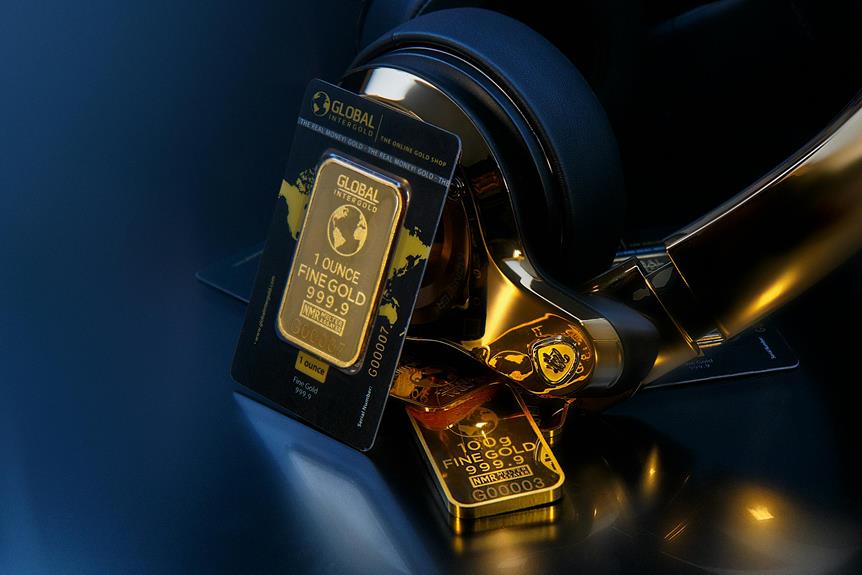
To improve fuel efficiency and save money on gas, make sure to keep up with regular maintenance checks like changing the air filter and inspecting spark plugs. Drive efficiently by avoiding aggressive driving, using cruise control on highways, and planning trips wisely. Keep your tire pressure optimal to prevent decreased fuel efficiency and explore technologies like smartphone apps for tracking habits. These tips can help you save on gas costs and enhance your vehicle's performance for more economical driving. Remember, small changes can lead to significant savings in the long run.
Regular Maintenance Checks
To ensure optimal fuel efficiency and cost savings on gas, regularly schedule maintenance checks for your vehicle. By keeping up with routine maintenance, you can detect and address any issues before they escalate, ultimately saving you money in the long run.
Make sure to check your tire pressure regularly, as underinflated tires can decrease fuel efficiency. Additionally, changing your air filter at recommended intervals can improve gas mileage by ensuring proper airflow to the engine.
Don't forget about your oil changes; using the correct grade of motor oil and changing it on time can help your engine run smoothly and efficiently. Spark plugs should also be inspected and replaced as needed to maintain peak performance.
Lastly, monitoring your vehicle's overall health through regular check-ups at a trusted mechanic can prevent major problems and keep your fuel efficiency at its best. Remember, a little maintenance can go a long way in saving you money on gas.
Efficient Driving Techniques
Regular maintenance checks are essential for optimal fuel efficiency; now let's explore efficient driving techniques to further enhance your gas savings.
One key tip is to avoid aggressive driving. Rapid acceleration and hard braking can significantly decrease your gas mileage. By driving more smoothly and gradually, you can conserve fuel and save money.
Another technique is to maintain a steady speed whenever possible. Constantly speeding up and slowing down can waste fuel, so try to anticipate traffic flow and maintain a consistent pace. Additionally, using cruise control on the highway can help you achieve a more stable speed and improve fuel efficiency.
Remember to reduce excess weight in your vehicle as well. Carrying unnecessary items in your car can decrease fuel economy, so try to travel light.
Lastly, plan your trips efficiently to avoid unnecessary driving. Combining errands into one trip and opting for routes with less traffic can help you save fuel and cut down on expenses. By implementing these driving techniques, you can maximize your fuel efficiency and keep more money in your pocket.
Optimal Tire Pressure
Maintaining optimal tire pressure is crucial for improving fuel efficiency and saving money on gas. When your tires are underinflated, it creates more rolling resistance, making your engine work harder and burn more fuel. On the other hand, overinflated tires can lead to uneven wear and reduce traction, also impacting fuel efficiency. To find the right tire pressure for your vehicle, check the owner's manual or the sticker inside the driver's side door jamb.
Regularly monitoring and adjusting your tire pressure can improve gas mileage by up to 3%. This may not seem like much, but over time, it adds up to significant savings. Invest in a quality tire pressure gauge to ensure accuracy when checking your tire pressure. Make it a habit to inspect your tires at least once a month and before long trips. By keeping your tires properly inflated, you not only save money on gas but also extend the lifespan of your tires.
Utilizing Technology for Savings
Check out how modern technology can help you maximize your fuel efficiency and save money on gas. One way to utilize technology for savings is by using smartphone apps that help you track your driving habits and provide tips on how to improve fuel efficiency. These apps can monitor your acceleration, braking, and speed patterns, offering personalized recommendations for more efficient driving techniques.
Additionally, consider investing in a GPS navigation system that can help you find the most fuel-efficient routes to your destination. Some GPS devices have features that show real-time traffic updates and suggest alternative routes to avoid congestion, ultimately saving you time and fuel.
Another technological tool to consider is a fuel efficiency monitor that can be installed in your vehicle. These monitors provide real-time feedback on your fuel consumption, allowing you to adjust your driving habits accordingly to maximize efficiency.
Conclusion
By implementing regular maintenance checks, efficient driving techniques, optimal tire pressure, and utilizing technology, you can significantly improve your fuel efficiency and save money on gas. Remember to stay proactive and mindful of your driving habits to maximize your savings.
With just a few simple changes, you can reduce your fuel expenses and help the environment at the same time. So why wait? Start implementing these tips today and start seeing the benefits right away.




